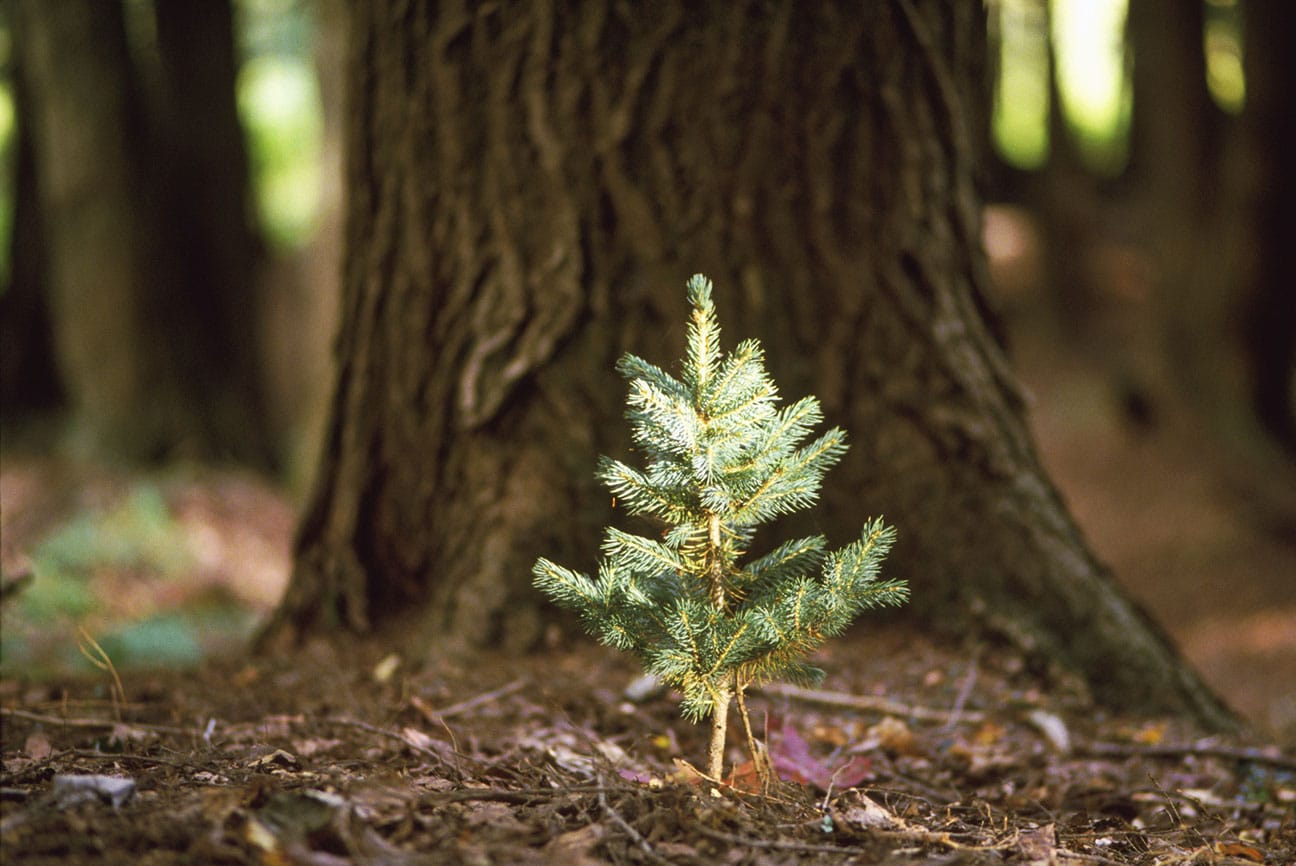 Roy Morsch/GETTY IMAGES
Roy Morsch/GETTY IMAGES On the 15th of Shevat we meet a minor holiday, one that is associated with the land of Israel because of the focus on its luscious bounty. Also, fifteen represents one of Gods names, Yah, and mystically this day represents the deep desire for d’veykut, to attach and cling to the Holy One. Tu B’Shevat has become more relevant to those who care about the earth and its magnificence. It is the “New Year of the Tree.” In ancient times it marked the tithing for the beginning of the new harvest “for the fruit of the tree belongs to HaShem.” As we shifted from an agricultural focus, the tree itself became a symbol of humanities relationship with nature as well as a template for the human body.
Our Jewish texts abound with images of the tree; “Its roots spread deep into the earth and its foliage ever fresh,” “Its fruit will be food and its leaves for healing,” and “It will bestow goodness upon them.” Its value is so esteemed that Torah teaches “Lo Tashchit …when besieging a city, do not destroy its fruit-bearing trees.” As Rabbi Nachman proclaims, “Cutting down a tree before its time is like killing a soul.” It is so precious that upon planting a tree we are commanded “not to eat from the tree for its first three years” allowing this fledgling to become secure and sturdy before availing ourselves of its produce.
The tree is seen as one of the many gifts of God’s creation and we honor it for all that it provides. As Shel Silverstein so aptly entitled his book, “The Giving Tree,” for trees take care of us by providing necessary shade, the makings for furniture and dwellings, paper and pencils, life-saving medicinals, and of course, mouth-watering fruits to satisfy our every desire; “The tree and vines drip with abundance.” In treasuring Torah, Proverbs states, “She is a Tree of Life, to those who hold fast to her,” and speaking of the human being Psalms describes, “S/He shall be like a tree, deeply rooted … flourishing like a date palm … fruitful in old age, vigorous and fresh.”
This time of the month, deep below the surface after the rains have seeped into the roots, the beginnings of awakening are occurring.
This time of the month, deep below the surface after the rains have seeped into the roots, the beginnings of awakening are occurring. The flow of life begins to rise from the roots into the trunk of the tree spreading through the intricate web of branches with beautiful buds about to burst forth releasing their fragrant scent of Spring. In Israel the almond tree, with its glorious blossoms, is amongst the first to reveal itself.
The image of the sap flowing upward became a metaphor for the Kabbalist, who saw the human move towards the upper regions of the Divine when ingesting lush fruit and nutritious nuts. Seeing an opportunity to mindfully engage in HaShem’s abundance, a ceremony was created, in the mystical city of Tzfat, a Seder, moving through four stages sharing multiple fruits and nuts, drinking four cups of wine, and most importantly, saying blessings, an expression of the deep gratitude for gifts of such beauty and nurturance. “Blessed are You, Yah, Majesty of Earth … Who make good trees for people to enjoy,” R. Al Hacham would extol.
The contemplative nature of this ritualistic meal was to embody the richness of the harvest as it released the spark of life-sustaining and healing nutrients while receiving the Shefa, the flow of God’s light. Meditating on the four letters of God’s ineffable holy name was a way to draw close to HaShem, experiencing the deep love of the Creator. Through four levels of existence, from the physical to the most supernal, one engages in this enriching experience symbolically reconnecting and enlivening our relationship with nature.
This kind of consciousness raising is the purpose of Tu B’Shevat. We are surrounded by the glory of foliage. We need to pause and rejoice in its majesty, grace, and protective shade. As Martin Buber reminds us, “When I contemplate a tree … I feel the flowing veins around the sturdy, striving core … and the breathing of the leaves.” If we but take a moment, we can hear how the “trees sing for joy before the Lord” revealing the mystery of creation.
Eva Robbins is a rabbi, cantor, artist and the author of “Spiritual Surgery: A Journey of Healing Mind, Body and Spirit.”























 More news and opinions than at a Shabbat dinner, right in your inbox.
More news and opinions than at a Shabbat dinner, right in your inbox.